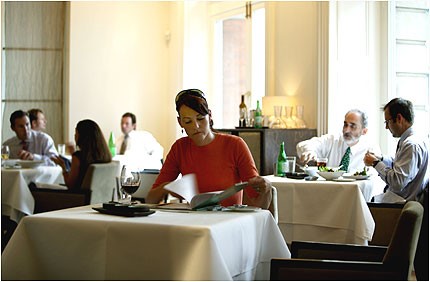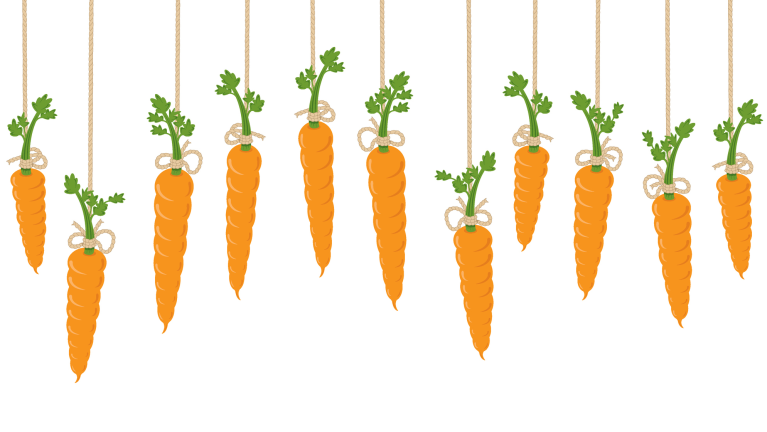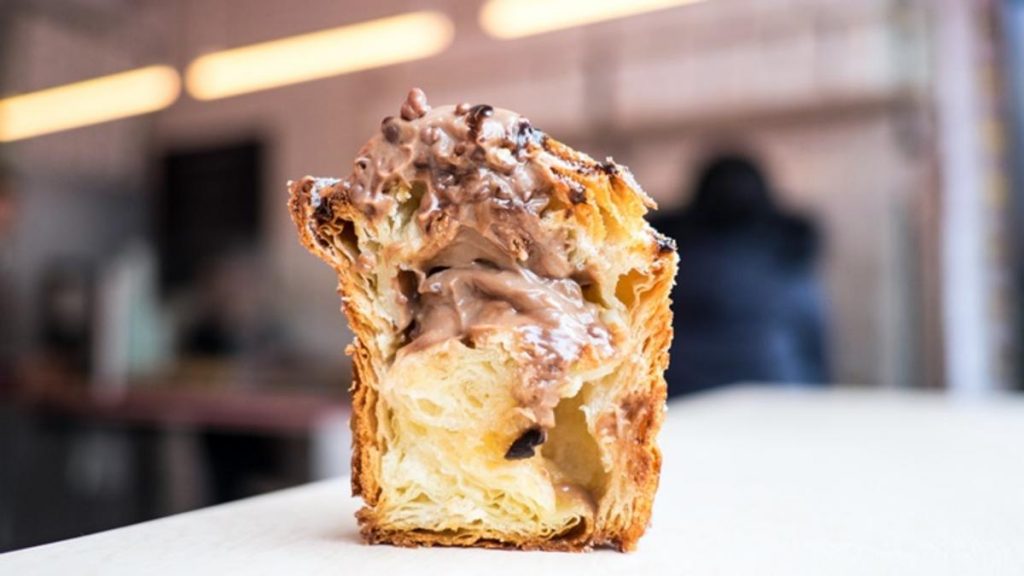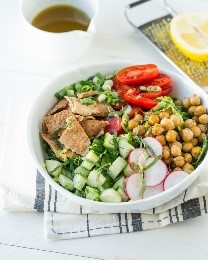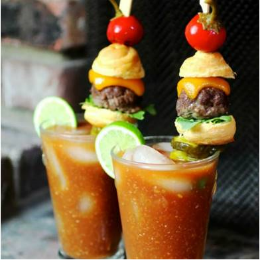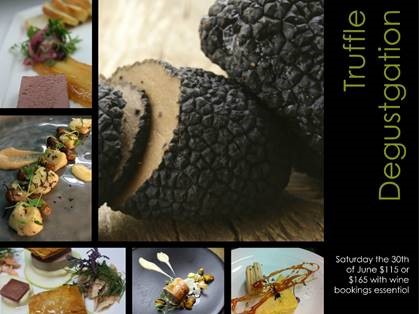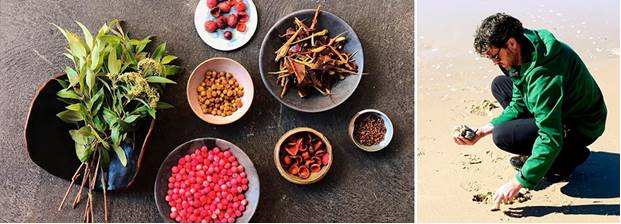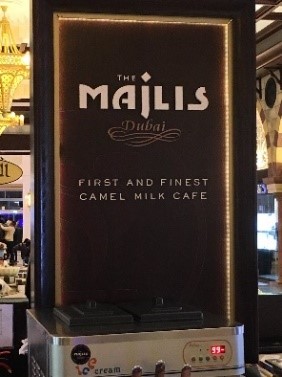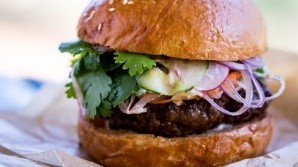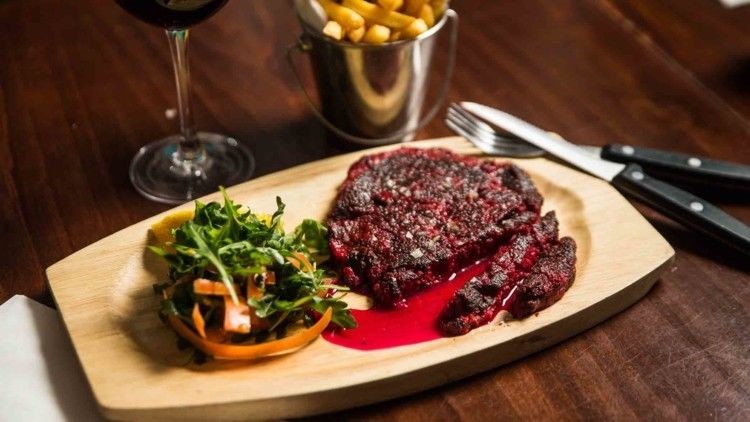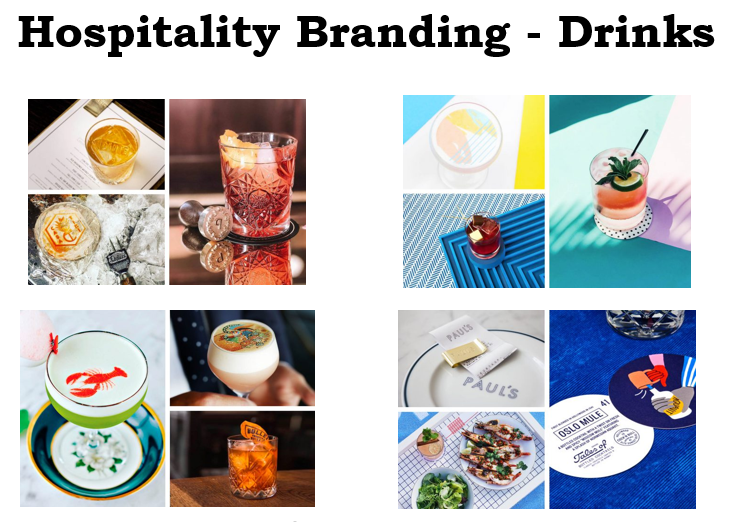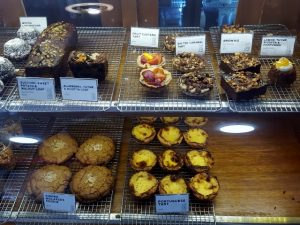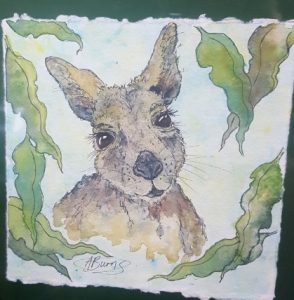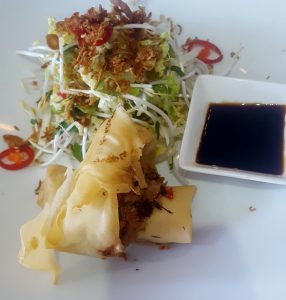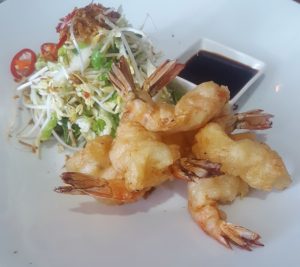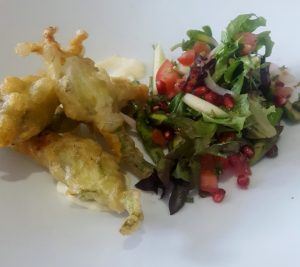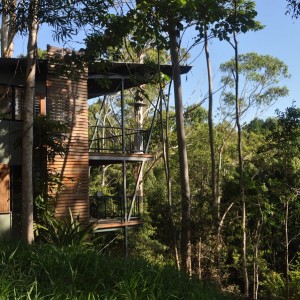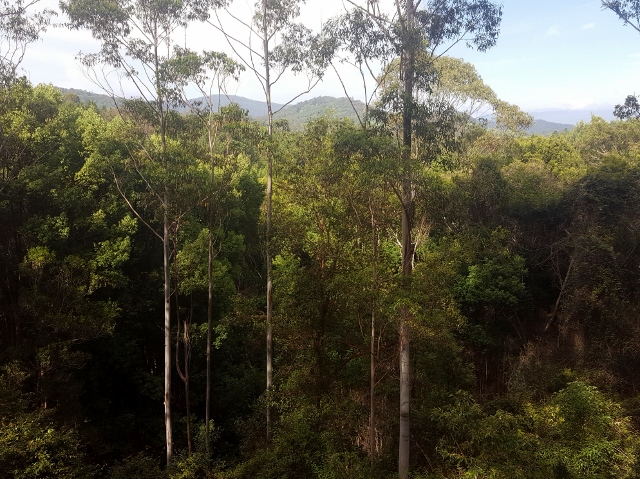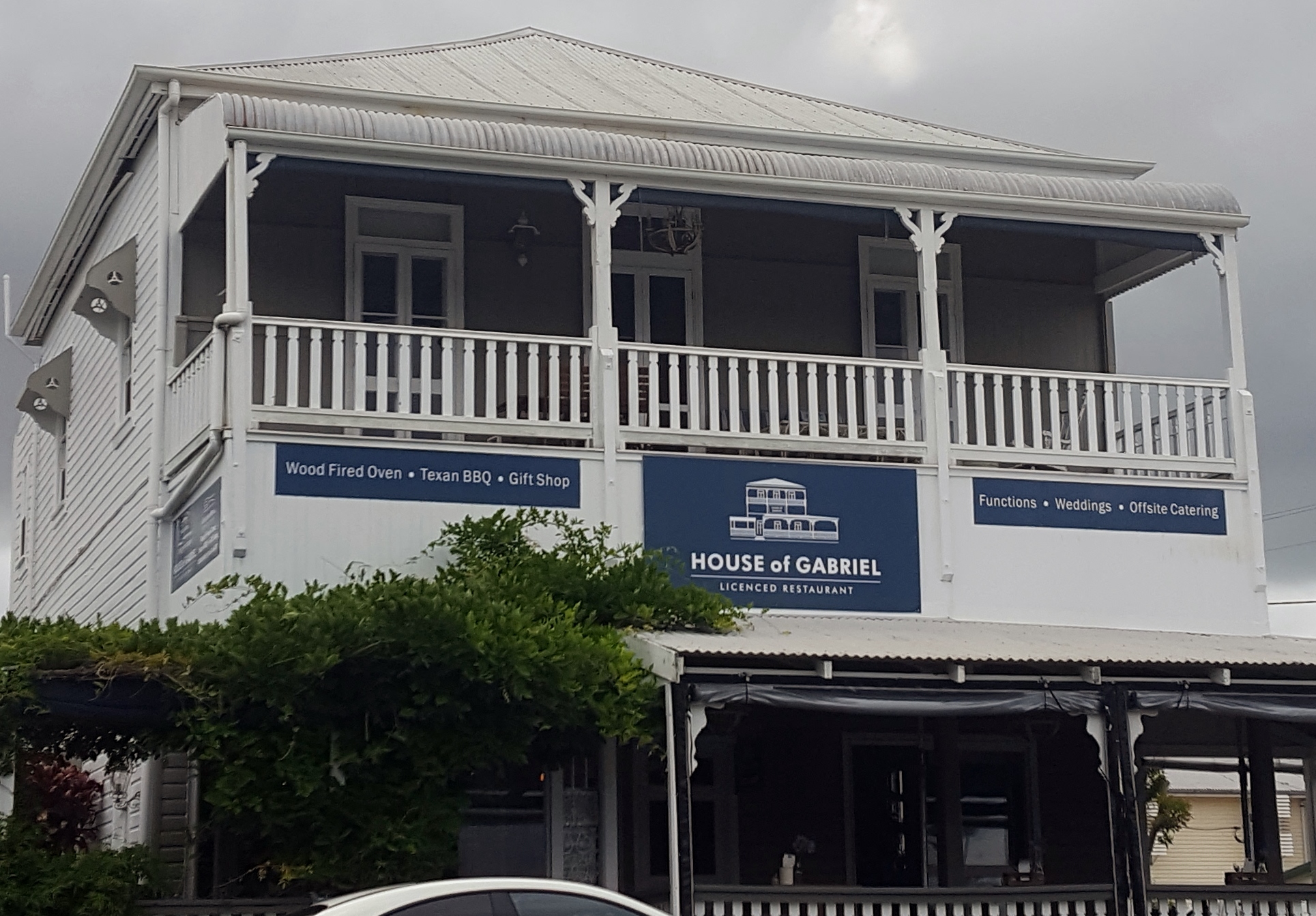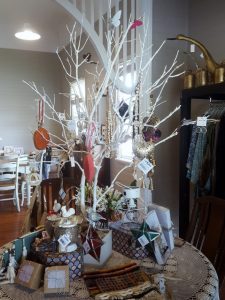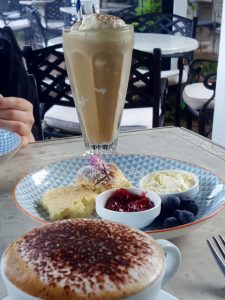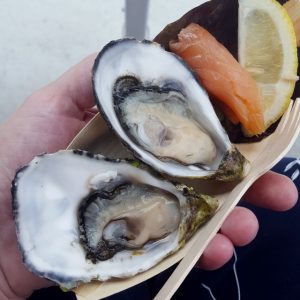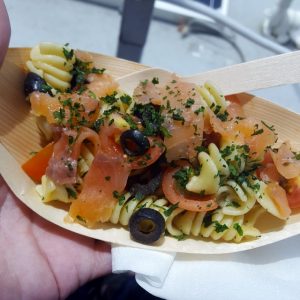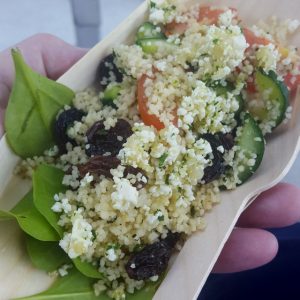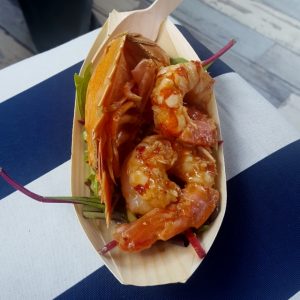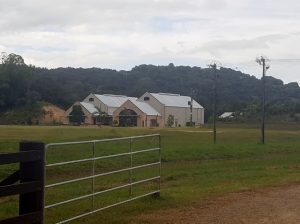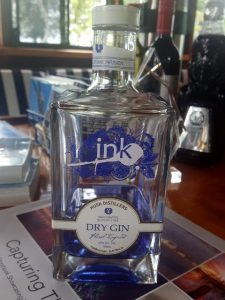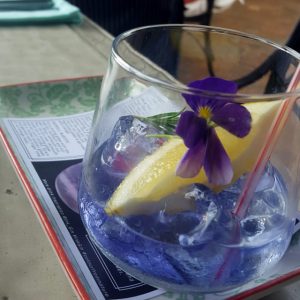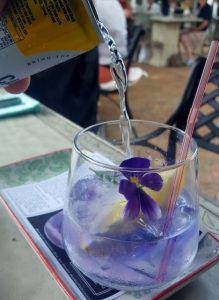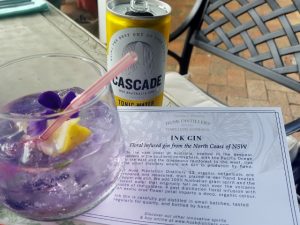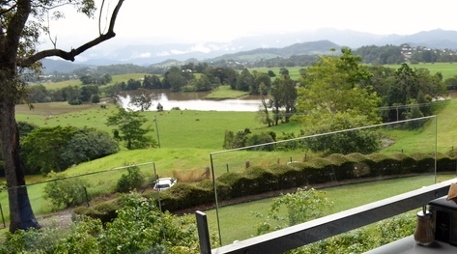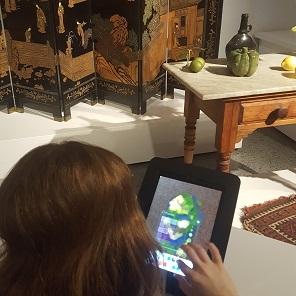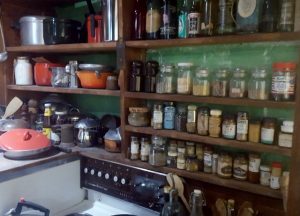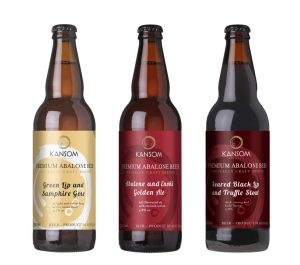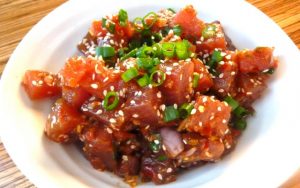 The chef committed to science is more responsive to the praise given by his patron than to the handful of gold that he might receive from him.
The chef committed to science is more responsive to the praise given by his patron than to the handful of gold that he might receive from him.
Chef’s Table, Marie Antonin Carème – L’art, 1833
A club’s raison d’être is primarily to benefit the community and contribute to its connectedness. There is of course a financial imperative to provide food and beverage services in a profitable manner, but now there is a social imperative to provide an experience around that food and drink to differentiate your offerings from others and provide a ‘taste of place.’
What is Taste of Place?
- visitation that is centred on food and wine culture
- ‘take away with you’ product offerings
- food that tells the story of the heritage, the people, reflects place and enriches experiences
- a valuable tool to boost economic, social and community development
- an experience which offers both locals and tourists alike an authentic ‘taste of place’ or sense of your club’s ‘terroir’
- …an experience where one learns about, appreciates, and or consumes food or drink that reflects the local or regional cuisine, heritage culture, tradition or culinary techniques…
For small to mid-size clubs who perhaps do not have the financial means for dramatic refurbishments, taste of place activities are cost effective tactics to market their club and create deeper connections.
For large innovator clubs who are continually looking for ways to match their décor and food experiences to their changing demographic, the question is “what and where to next?” Taste of place extends their gastronomic assets and enhances their gastronomic capital.
Taste of place can play a role in repositioning long-held perceptions of club food and hospitality in people’s minds. Leveraging these strategies creatively will provide innovative taste of place activities to capture the hearts, minds and stomachs of their communities.
Begin at the Beginning
For culinary moderns, society changes and cuisine should follow suit.
Start by looking at the latest demographic profile of your catchment which is available at profile.id. This site allows you to research your community’s demographic profile by suburb and council area on many different levels including: population forecasting, ethnicity, household/individual income, stage of life/service age groups, occupations and household structures, languages spoken at home and much more. This will help you build a picture of how the community your club serves has changed and what it looks like today. The latest 2016 Census data is now available.
Many local council websites have information or resources on the demographics, history, heritage, tourist attractions, business mix and community events, activities and classes for various age/interest groups. By discovering what services your council offers and links to, you can get some insight into what the community has deemed important.
Most local councils have a library or libraries with a wealth of local historic resources. They have a variety of activities and events which relate to the demographics and needs of the area and usually have historical collections for local studies and family history. Some have oral histories recordings which may shed light on historical agriculture and significant dishes that were cooked in the past. They may have copies of locally produced cookbooks from the area which will give some insight into historic foods and favourite dishes.
Your region’s historical society may undertake research on your behalf for free or for a modest fee. You might like to research historic agriculture, cookbooks, recipes or infamous or famous characters and photos from your region to build a story around a dish the chef has designed or a dining theme. Interestingly, in the case of the Hills District Historical Society, in 1974 its museum was established in the basement of the former RSL Club.
Do you have printed or electronic historical recipes, menus or photos of dishes, tables or special gustatory events? These pieces of ephemera will shine a light on what your patrons have enjoyed in the past and may provide inspiration for current chefs to reinvent these dishes for their modern clientele. These dishes come complete with your own taste of place back story. Better still, interview and visually record your oldest patron’s memories of their earliest days and dining at the club.
Your clubs’ database of members from registration, online newsletter sign ups, Facebook or Twitter followers provide you with lists which you can survey for information about your food and beverage offerings. Online surveys are easy to design in Survey Monkey’s free software and links to the survey can be inserted into your Twitter page, Facebook Page, online newsletter or printed and posted or handed to your older patrons to complete.
Food and Drink Narratives
The power of crafting an engaging narrative around your food and drink was driven home to me just last weekend as I volunteered at the joint Feather & Bone/Slow Food Sydney stall at historic Rouse House’s Autumn Harvest Festival.
Artisanal Butchers, Feather and Bone were selling Ark of Taste Bull Boar Sausages on artisanal sourdough with chutney. The An Historic Sausage narrative went something like this:
“Good morning, madam. Are you contemplating our Bull Boar Sausages? (Big smile) These are no ordinary sausage. They are a unique recipe in danger of extinction. They were created by the Italian-speaking Swiss immigrants in Victoria’s goldfields around 1850. They contain organic beef and pork marinated for three days in garlic infused red wine with added Christmas spices providing a fulsome aromatic sausage. We are serving today on artisanal sourdough with a bold, spiced, apple chutney for $5.00. So this is an historic sausage.”
We sold a lot of Bull Boar Sausages with this narrative. What narratives can you craft around your food and drink from local and club geography, history, characters and culture?
Celebrate Your Celebrities
This taste of place technique is about building a narrative around your chefs and mixologists. What are their cultural stories? What foods and food related issues do they care about? What do they make from scratch or do that is unique? Can they share their recipes or highlight their favourite local growers or producers? Can you encourage a talented local photographer to photograph your chef for Fairfax’s annual Shoot the Chef photo competition? Elevating your chefs and mixologists to celebrity status starting within the walls of the club can pay off in many ways – not the least of which is your local press and social media exposure.
Carème (1783 -1833) the inventor of French cuisine, named his dishes by ingredients and basic preparation method e.g. shrimp bisque. The variations where named using honorific individual achievement, geographical or historical names. Shrimp bisque for example comes à la française, à la Cornieille, à l’amiral de Rigny, à la princess, au chasseur, à la regence and à la royale.
Jamie’s Italian Trattoria in Parramatta is modern example of branded cuisine. His dishes are his take on his favourite Italian dishes. In his menu, he honours his mentor Gennaro Contaldo and he gives a contemporary nod to his British heritage by using unmistakably English expressions such as the full monty. Adriano Zumbo ‘signs’ his dessert creations with a small edible ‘az’ disk. What dishes could you design and brand after the local geography or history, honorifically after the chef, club’s founders, local food heroes, known characters from the club’s history or present day?
Masterclasses, pairing and food and drink appreciation events gain chefs and mixologists priceless marketing exposure. With the growing interest in Australian-made gins, what food pairing event could you create to highlight your chef’s talents and your mixologists gin knowledge? What ticketed masterclasses could your chef present in club to showcase his talents and become a culinary hero to those who entertain at home? Think cold oil spherification, gold leafing, chocolate and sugar work decorations and garnishes, multi-cultural desserts, elegant meals from cheaper cuts of meat or fermented foods – dishes and tips to impress their families and friends.
Ride the Trends
Carème’s genius, his “invention” of French Cuisine lay in the way he capitalised on and magnified trends – well in evidence.
It is not ‘selling out’ or ‘taking the easy road’ to hitch your star to a food or drink trend. In fact, it is good business sense and contributes substantially to taste of place when chef’s put their unique twist on the trend. Leverage this concept for a ticketed food event around a classic or new foodie film.
What’s your chef’s take on Babette’s Savarin au Rhum avec des Figues et Fruits Glacées?

